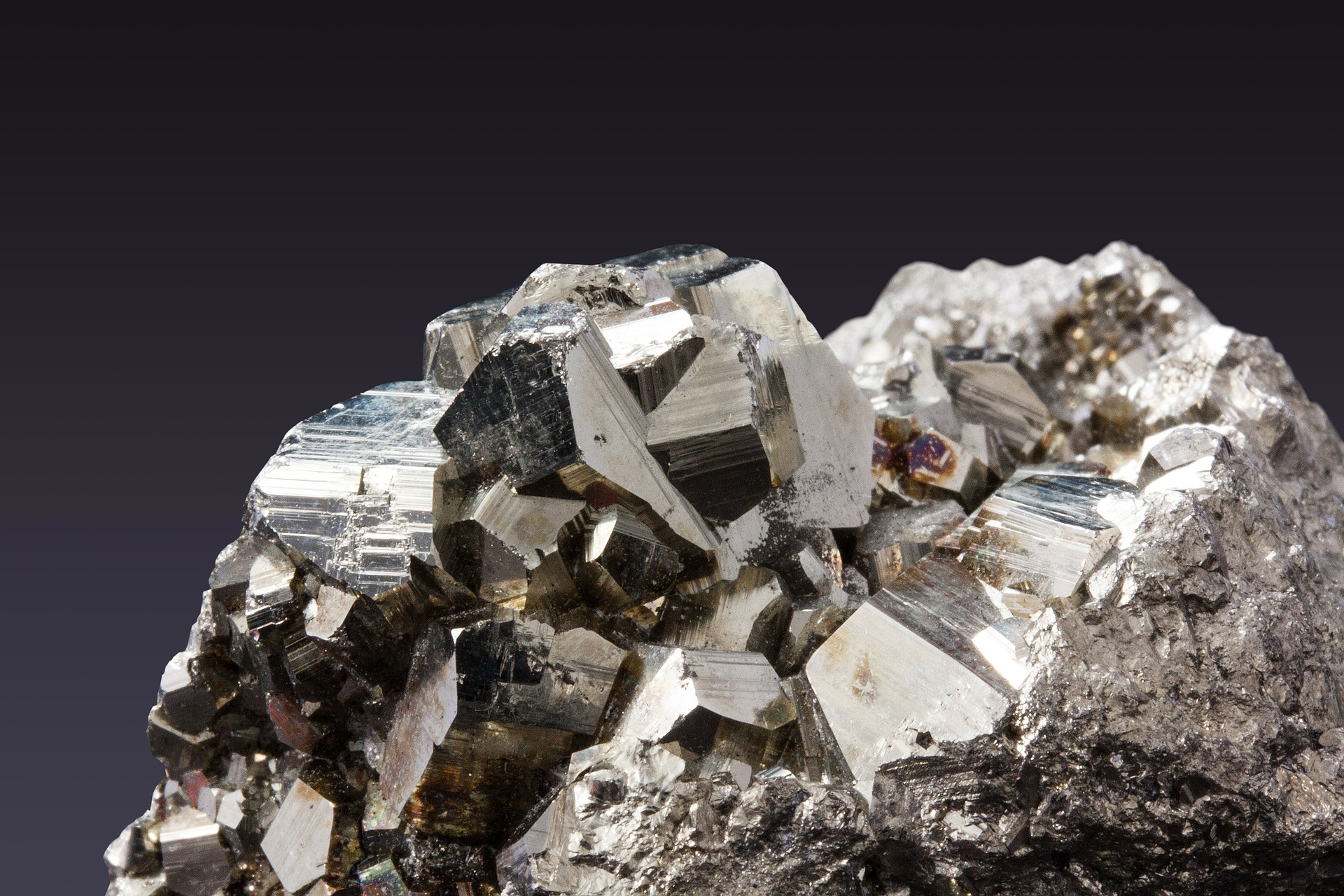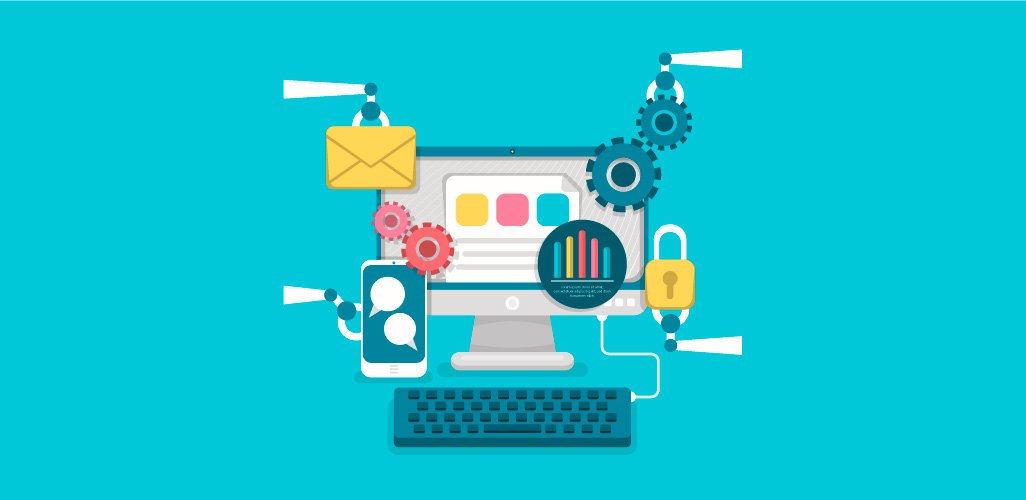Some pieces of land are rich with minerals. For example, if you own a piece of land in Texas, there is a possibility that you’re living above natural gas. This is a gold mine, particularly if you own the rights to the minerals.
Therefore, it’s essential to confirm whether or not you own mineral rights in Texas before deciding on what to do with the fortune. This means you might hold the right to your land but lack the rights to the minerals under the ground because these are separate entities.
Therefore, if you want to harvest the fruits of the minerals underground, investigate if you own the rights, or the government does. Suppose you have the mineral rights in Texas, consider hiring a company that will help you secure a responsible party to buy your mineral interests.
What to Do If You Don’t Possess Mineral Rights:
First, you shouldn’t worry because the minerals are under your land. Even if someone else owns the rights, you’ll still be compensated because extracting the minerals will turn over your land alignment. Other charges may include entering and leaving your land, but you have to confirm with your State’s law.
Earning From Mineral Rights in Texas:
Once you identify your ownership and mineral rights in Texas, consider selling or leasing the rights. Use the help of a lawyer or a registered company to help you identify the best methods of earning from your mineral rights.
If you decide to lease your rights, ensure all the details are indicated on the lease paper. So, if you lease the rights for two years and the excavating company isn’t done with extracting the minerals, revise the lease. Unfortunately, you can’t do it alone, and that is why it’s essential to contact a company that has dealt with similar situations.
What You Need To Know About Mineral Rights in Texas:
1. Don’t focus on the price:
Often landowners concentrate on the cost of selling mineral rights in Texas without considering other factors. This leads to disagreements when the mining company begins its work. Therefore, it’s essential to evaluate the process of excavation and the damages that will result from mineral extraction. However, if you hire a company that will negotiate on your behalf, all factors will be taken into account.
2. Signing the document:
You immediately turn over your rights to the company when you sign the lease. So, unless you read and understand every bit of the contract, avoid signing the document. Ideally, you can contract someone who understands mineral rights in Texas to negotiate and make a deal before you sign the papers.
3. Negotiate wisely:
It’s vital to say less and write more when you’re leasing mineral rights in Texas. For example, if you speak out loudly that you’ll not take a minimum of a specified amount, you’ll lose credibility. So, avoid absolute statements.
Take Away:
Negotiating skills, understanding your mineral rights, and leasing your rights are some of the things you need to master before hiring excavating company. Therefore, understand every segment of the procedure and employ a person who deals with mineral rights.
Read Also:






















